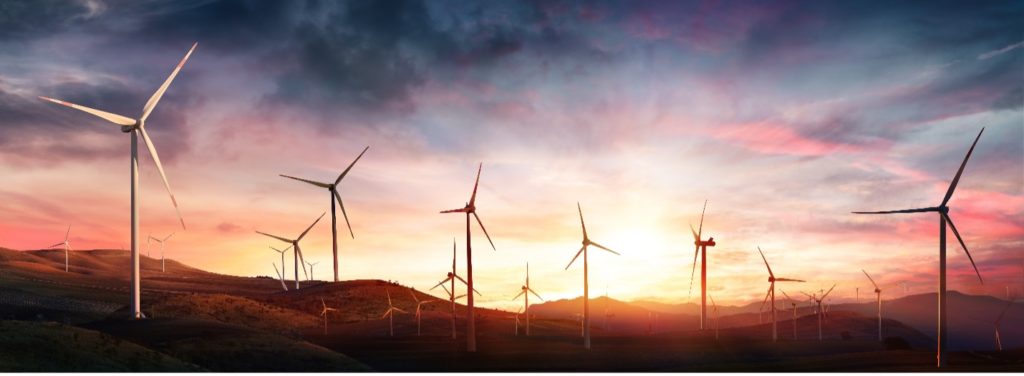News
Composites Power Decades-Long Performance in Wind Energy Segment

The growth of composites use in the wind energy segment is fueled by the demand for renewable energy and fossil fuel independency globally. Both off-shore and on-shore wind parks are answering the call for wind energy generation, equipped with wind turbines that are growing in quantity and size to perform with longevity, durability, and efficiency.
As Polymer Academy explains, composite materials offer the high strength, fatigue resistance, reduced weight, and high stiffness needed to perform over an expected 20+-year lifespan. Wind turbines made of composites and produced through composites manufacturing processes offer these attributes:
- High strength needed to withstand extreme winds and gravity load
- Fatigue resistance and reliability to ensure stable functioning for 20+ years and 108cycles
- Low weight to reduce the load on the tower and the effect of gravitational forces, and
- High stiffness to ensure the stability of the aerodynamically optimal shape and orientation of the blade during the work time, as well as clearance between blade and the tower
Composites are currently used to produce the blades and nacelles of wind turbines, with nacelles often being made of glass fiber composites, and blades of long fiber reinforced polymer laminates. These wind turbine constructs leverage all the benefits of advanced composites to perform for the extended lifecycle of two-plus decades. High strength, high fatigue resistance, and reliability, reduced weight, and high stiffness power wind turbine blades to optimally withstand weather elements and gravitational loads.
Traditionally, basic e-glass fiber was the main reinforcement used in the production of medium and large composites wind blades, along with steel used in rotor blades. Composite materials such as glass fiber reinforced polymer (GFRP) have since been used in wind turbine rotor blades to replace steel and its performance limitations.
Bigger blades, greater power
The size of wind turbine rotors has tripled in size in past decades, incurring higher gravitational loads and performing over more load cycles in the lifetime while withstanding environmental conditions, such as humidity and impact by weather events and elements.
As both the demand for wind energy and the size of wind turbine blades grow, high-strength fibers like carbon fibers, basalt, and aramid, as well as thermosets and thermoplastics, are being used in composite wind blade production. Higher strength fibers deliver higher stiffness, strength, and damage resistance. For large commercial rotor blades, carbon fiber reinforced polymer is an alternative to GFRP, offering greater stiffness and lighter weight. Thermoplastic resin matrixes offer sustainability benefits through their recyclable nature, as well as an increase in productivity with reduced cycle times due to faster cure and lower curing temperatures.
Composites have earned their way as a major player in wind energy technology applications and other power generation industries, serving as a replacement for metal, wood, and other traditional materials. Next-generation wind turbines demand the strength, stiffness, fatigue resistance, and lighter weight that only composites offer, as size and cycle loads increase with the demand for renewable wind energy.
Learn more about composites solutions for wind energy production and blade repair from Composites One.

